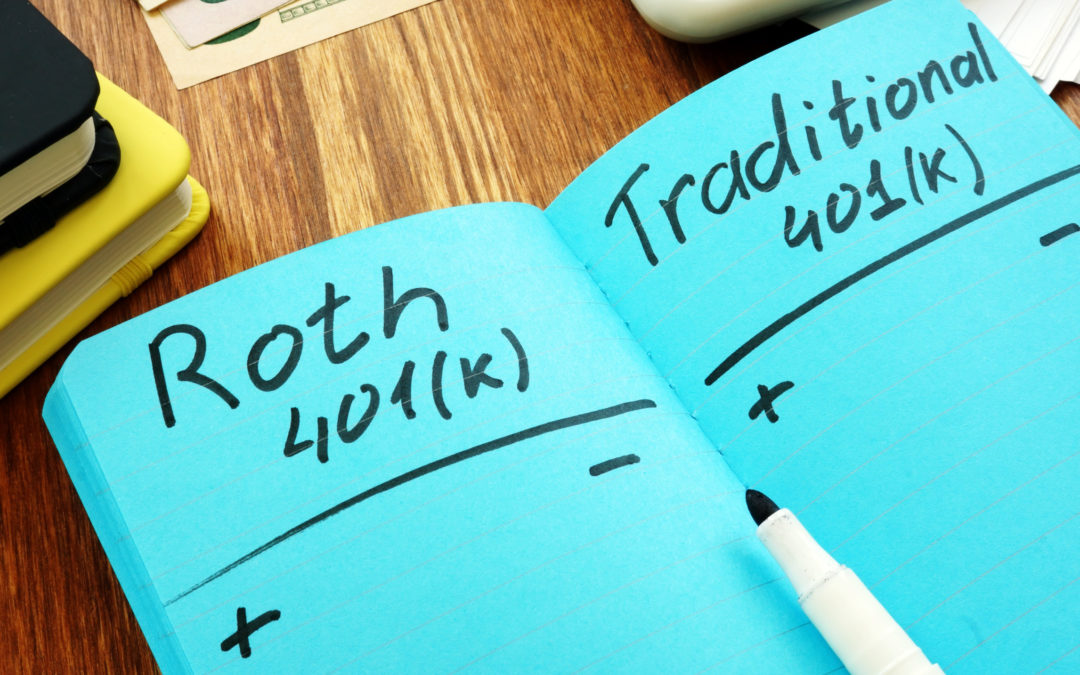
Five Ways to Maximize Your Social Security Benefits
What would an income increase of 10% mean to your retirement?
Would it afford you more freedom? More opportunity to travel? The ability to spoil your grandchildren? Or even the ability to buy that vacation home on the lake you’ve always dreamed of?
For most Americans, Social Security benefits are an important part of their retirement income. In fact, according to the Social Security Administration, a whopping 97% of the total population aged 60-89 receive at least some Social Security benefits [1].
Maximizing your retirement income can be key to the healthy and happy retirement you have always wanted. When combining it with other retirement income, your Social Security benefits are an important part of making this a reality.
What many people don’t realize is there are some simple things you can do now to ensure when the time comes for you to take your benefits, your income is maximized. Below we have outlined six of the top Social Security maximization tips. If you follow all of these, you can potentially maximize your benefits and ensure nothing goes to waste.
1. Maximize your working income and work for at least 35 years.
Your Social Security benefits are calculated based on the 35 years in which you earn the most income. If you do not work for at least 35 years, each year less than 35 is counted as zero which can significantly reduce your benefits. The higher the income you earn up to $137,700 (as of 2020) the higher the Social Security benefits you will receive, so be sure to do everything you can to maximize your salary and earning potential.
2. Know your full retirement age and wait to collect Social Security benefits.
While the Social Security Administration technically allows you to start pulling benefits at age 62, this could dramatically reduce your benefits. For example, if you start taking payments at 62, you will only receive 75% of the annual amount you are eligible for. Worst of all, this reduction is permanent!
It is important for you to understand your “full retirement age” as defined by the Social Security Administration. This is calculated by the age you are born and ranges between 65 and 67. You can find out your “full retirement age” by clicking here. It is at this age that you will receive 100% of eligible benefits. It is worth mentioning that you can also wait to take your benefits until up to age 70. If you wait until age 70, you will receive 132% of the benefits you are eligible for. In other words, for every year you delay past your “full retirement age”, your yearly benefits increase by about 8%.
3. Take advantage of spousal benefits.
When it comes time to start thinking about your Social Security filing strategy, it is important to understand what kind of spousal benefits you may be eligible for. If you are currently married, or if you are divorced and were married for at least 10 years, you may be eligible to reap spousal benefits. This means the ability to claim benefits based on up to 50% of your current (or ex) spouses benefit (at their full retirement age). This is especially important if one spouse earns significantly more money and is expected to see a much higher Social Security benefit. Being strategic on the timing that both you and your spouse claim your benefits is key. Be sure to find a trustworthy Social Security calculator online to determine the best course of action for you and your spouse to ensure that together, your lifetime benefits are maximized.
4. Claim family benefits.
When it comes time for you to file, if you have dependent children who are under the age of 19, they may qualify to receive up to 50% of your benefit. Note, this will not decrease your benefit amount, it will be added on top of it. You will want to keep this in mind when deciding on when to claim benefits as you should add this into your calculation for your lifetime benefit. For example, if you have one or multiple dependent children under the age of 19 when you turn 62, it may make sense for you to start claiming as soon as you are eligible vs. waiting for full retirement age. This is of course highly dependent on your unique situation, so be sure to crunch the numbers and find out what will work best for your family.
5. Minimize your taxes.
There is a common misconception that Social Security income is not taxed. Unfortunately, for many of us, this is not true. Depending on your overall retirement income, you could be required to pay taxes on up to 85% of your Social Security benefit. Taxes in retirement can add up to a significant sum of money and can greatly reduce your overall income in retirement. A key in maximizing your retirement income is doing everything you can to keep this as low as possible.
[1] https://www.ssa.gov/policy/docs/population-profiles/never-beneficiaries.html
Having a financial professional dive deep into each of these points while keeping your unique situation and financial history in mind is the key to maximizing your benefits. SimplyAdvised can put you in contact with a knowledgeable professional who can help.





Recent Comments